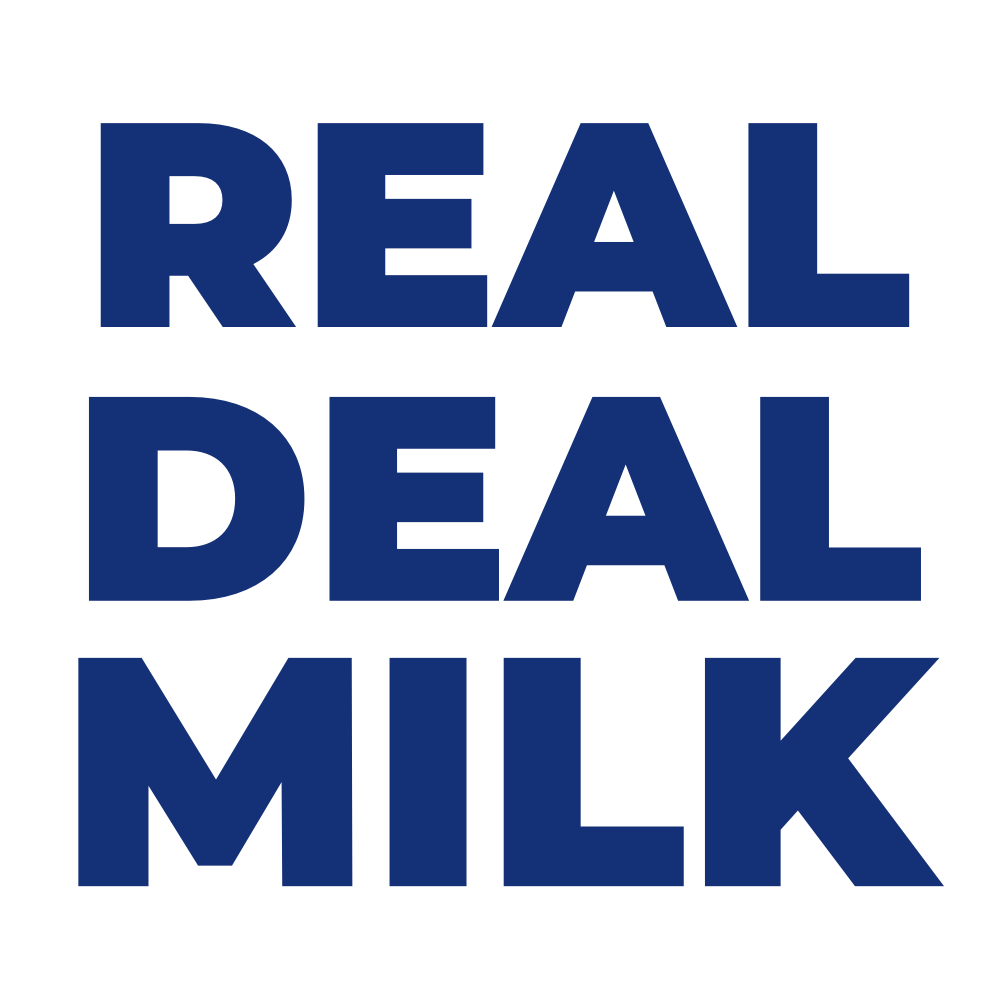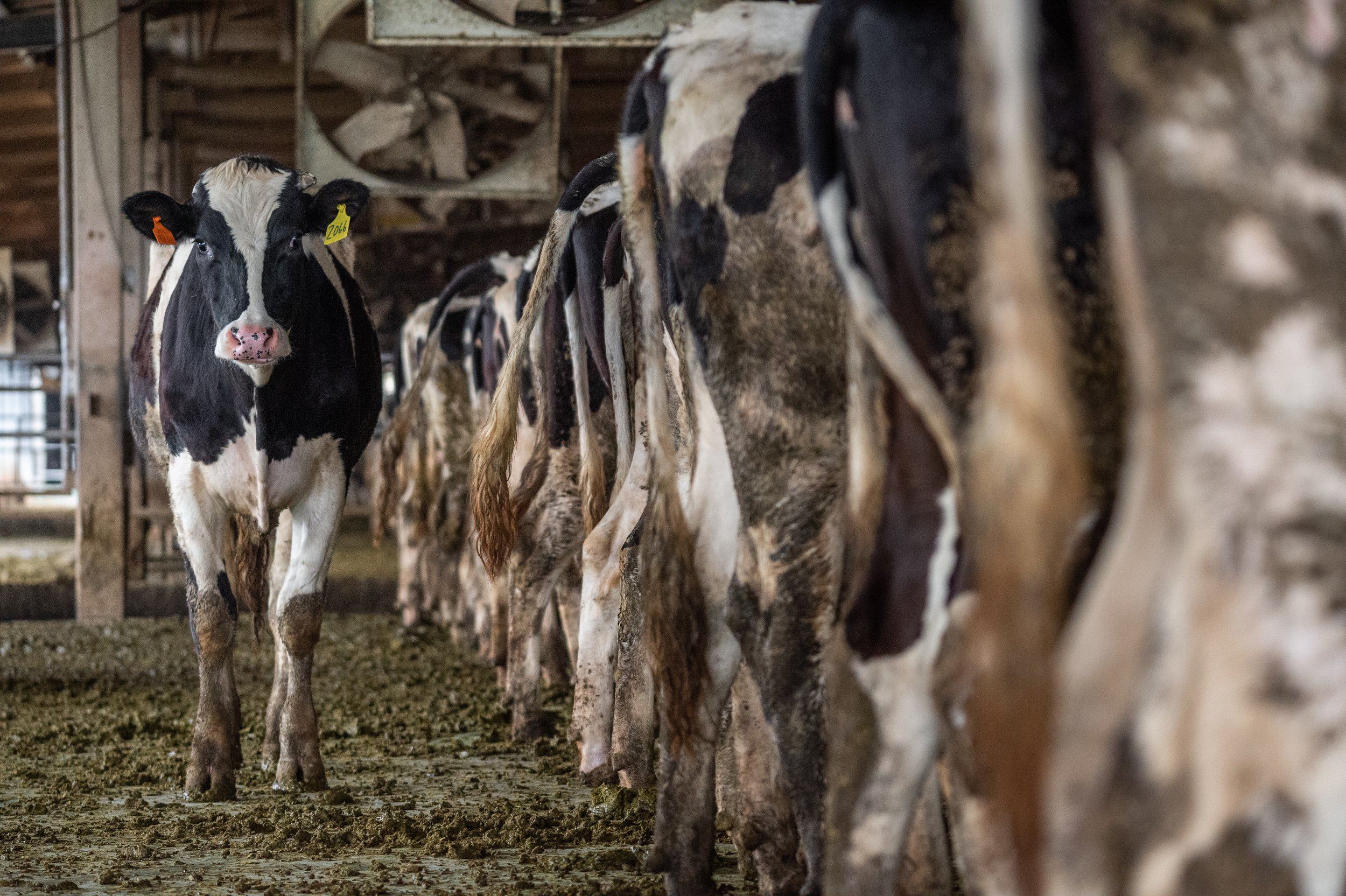Factory farming: the cause of our next pandemic?
As a population, we couldn’t be more aware of the dangerous, disruptive and devastating impacts of a pandemic. As we continue to live with COVID19 heavily weighing upon our lives, pandemics no longer remain in the history books.
After nearly two years of nervously waiting in front of the television for government updates, as they declare lockdowns, announce high cases, and watch hospitalisations slowly increase, no one wants a repeat.
This should be a wake-up call to the world. Yet the likely origin of our next pandemic is staring back at us from our plates: factory farming.
Factory farming and disease, a deadly mix
The more we mix with animals, the more disease we get.
75% of emerging diseases are zoonotic (Espinosa, R. et al. 2020); zoonotic diseases refer to those passed from animals to humans (WHO. 2020). Through animal agriculture, we have curated an environment where humans and animals have become more entwined than nature ever intended. Thus the outcome is bleak. Since 1940 50% of zoonotic diseases have been linked to animal agriculture. This figure is only set to increase as agriculture expands and intensifies (Espinosa, R. et al. 2020).
Farming practices have a handful of ways of unintentionally sneaking diseases from animals into humans. First, there are the obvious ones, such as direct contact, e.g. through petting animals, indirect contact with contaminated living areas or the consumption of contaminated foods (CDC. 2021). However, the agricultural industry also indirectly increases the risk of zoonotic diseases through deforestation, which causes the spread of pathogens from wild animals, contributes to global warming that increases pandemic threat, and encourages antibiotic resistance through the overuse of antibiotics (Espinosa, R. et al. 2020).
Pathogens can’t just hop from an animal to a human and settle themselves into causing human disease. First, the pathogen has to evolve to be capable of infecting a human and then survive within its new host to drive human-to-human transmission (Pike, B. L. et al. 2010). It’s no easy feat. However, cramming a load of animals into a small space with poor conditions gives the pathogens a leg up. This encourages diseases to rapidly rip through farms, increasing the opportunities for mutation, resulting in a zoonotic stain (Open Access Government. 2021).
Evidence from past pandemics
The past has continually highlighted the risks that come with our close interaction with animal species. We domesticated dogs, we got whooping cough, with horses came the common cold, ducks gave us influenza, and by turning cows into carnivores, we got mad cows disease (Greger, M. 2021). The pattern is clear.
Within the 21st century, we’ve had several encounters with pandemics. In 2003 H7N7 bird flu hit the headlines, resulting from contact with infected poultry spreading to humans; the outbreak resulted in the culling of millions of birds (The Guardian. 2020). Then six years later, H1N1 swine flu began spreading through close contact with infected meat, causing between 151,700 and 575,000 deaths (The Guardian. 2020). In 2020 we found ourselves being consumed by another pandemic, COVID19, of which the origin is still unknown; however, animal markets are up there as a possible suspect.
One of the easiest ways to avoid future pandemics? Avoid the animals.
Through factory farming, we are creating a bubbling pot of disease; we cannot be surprised when they hit boiling point and mutate to zoonotic. In contrast, cellular agriculture allows us to produce animal products within the cleanliness of a lab, where diseases are not running wild and where we have far more control over the end product. Therefore taking not just the necessary but essential precautions to avoid future pandemics, and avoid hearing the word ‘lockdown’ ever again.
References
CDC. 2021. Zoonotic diseases. https://www.cdc.gov/onehealth/basics/zoonotic-diseases.html
Espinosa, R. et al. 2020. Infectious diseases and meat production. Environmental and resource economics, 76, 1019-1044. https://doi.org/10.1007/s10640-020-00484-3
Greger, M. 2021. Primary pandemic prevention. American Journal of Lifestyle Medicine, 15(5), pp.498-505. https://doi.org/10.1177/15598276211008134
Open Access Government. 2021. Factory farming, zoonotic disease and the risk of pandemics. https://www.openaccessgovernment.org/factory-farming-zoonotic-disease-and-the-risk-of-pandemics/121592/
Pike, B.L. 2010. The origin and prevention of pandemics. OUP Public Health Emergency Collection, 50(12), pp. 1636-1640. doi: 10.1086/652860
The Guardian. 2020. Covid and farm animals: nine pandemics that changed the world. https://www.theguardian.com/environment/ng-interactive/2020/sep/15/covid-farm-animals-and-pandemics-diseases-that-changed-the-world
WHO. 2020. Zoonoses. https://www.who.int/news-room/fact-sheets/detail/zoonoses



